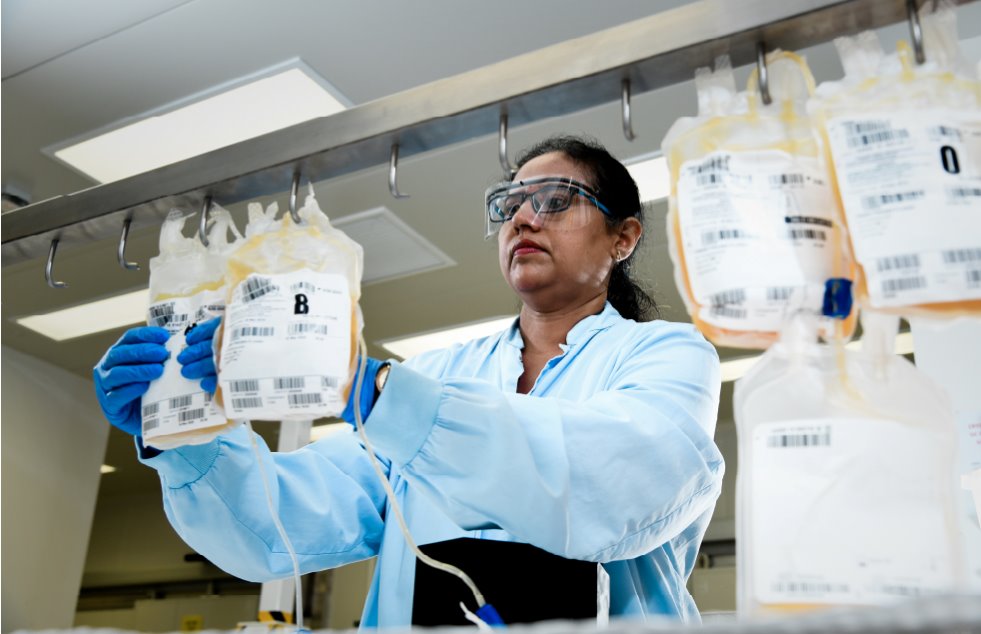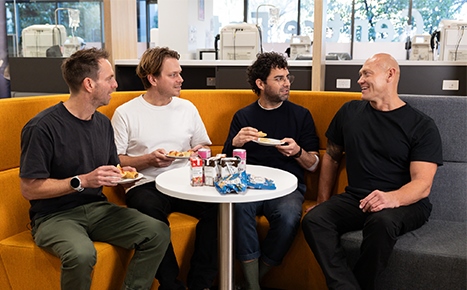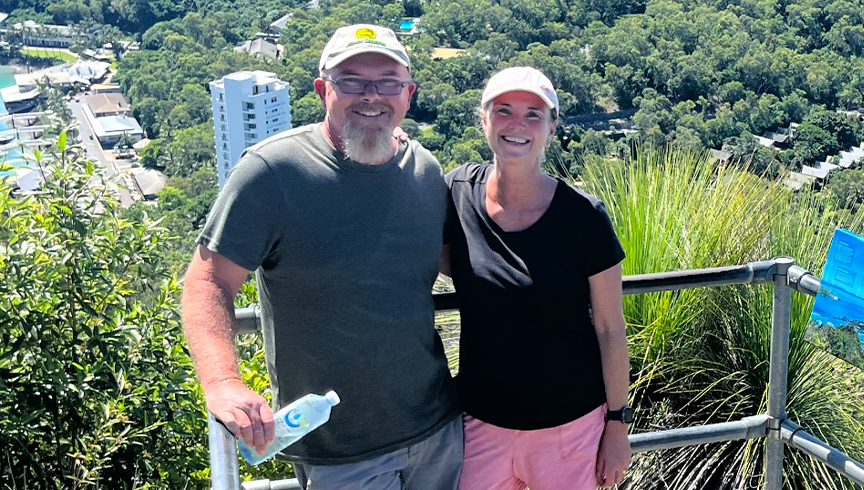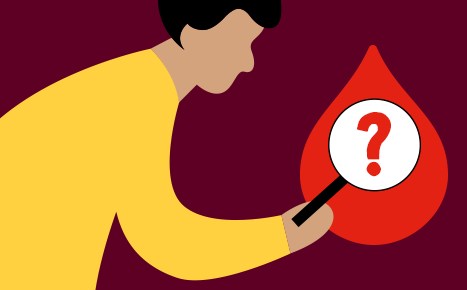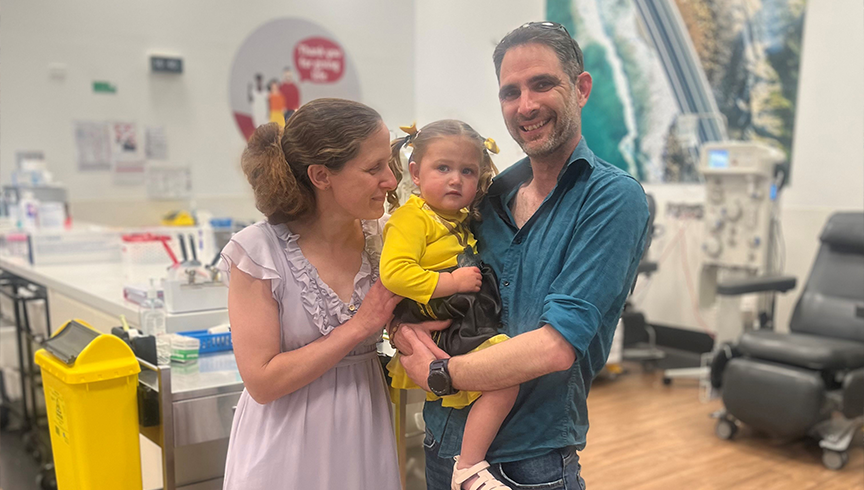Don’t have an account?
Select the donation type you’d like to make
We’ve made changes so more people can save lives.
What are the changes?
Most people who couldn’t donate under our previous rules about sexual activity can now give plasma with no wait period. Previously, the wait was between 3 and 12 months.
Of course, you still need to meet our other eligibility criteria.
And anyone who is HIV positive or has sex with a HIV positive person still isn’t able to donate.
Blood safety is, and always will be, our top priority. While the previous blood donation rules were necessary to ensure a safe blood supply in the past, we know they’ve contributed to the stigma faced by many people in the LGBTQIA+ community. We hope that, as we work through the process of changing these rules, this will be a turning point for both Lifeblood and the LGBTQIA+ community.
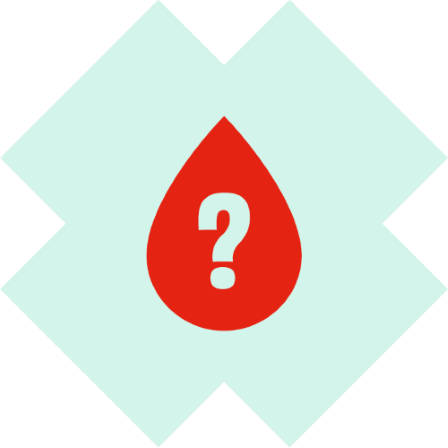
Safety and patients
Medicine made from plasma will still be safe and accessible for everyone who needs it. The only difference for patients? More of the people around them can save lives.
